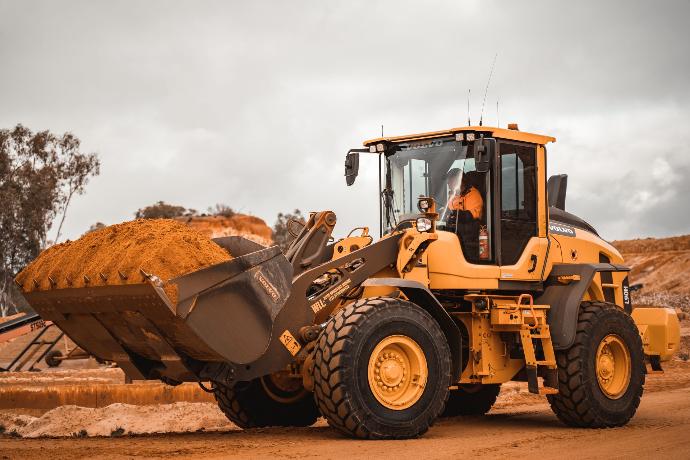On-Site vs. Desktop Equipment Appraisals
What are the two types of equipment appraisals?
When you decide to have your equipment professionally appraised, you’ll get the option of scheduling an on-site appraisal or a remote appraisal (which is also known as a “desktop appraisal”).
All equipment appraisal are composed of three main steps:
- Preparation. The appraiser works with the client to gather preliminary information about the appraisal. This includes what type of equipment needs to be appraised, where it is located, and the reasons for appraising, among other details.
- Inspection. The appraiser inspects each piece of equipment, gathering data that will be necessary for determining its value. This may include the equipment’s make, model, serial number, age, operating hours, specifications, modifications, condition, and more.
- Analysis. The appraiser consults pricing guidelines, depreciation schedules, equipment experts, and other resources to determine the fair market value of each piece of equipment.
The main difference between on-site and desktop appraisals is how the equipment inspection is conducted. For an on-site appraisal, the appraiser travels to your place or places of business and personally inspects your equipment. For a desktop appraisal, the appraiser does not travel to your property, instead relying on you to gather all the inspection information they will need to complete the appraisal.
How can you choose between an on-site and desktop equipment appraisal?
Both on-site and desktop equipment appraisals conform to Uniform Standards of Professional Appraisal Practice (USPAP) requirements and will stand up to scrutiny during financial transactions, insurance claims, tax filing, and legal proceedings. However, each type of appraisal has its advantages and disadvantages.
On-site appraisals guarantee the most accurate valuations with the least amount of work from the client, but they can be more expensive than desktop appraisals, especially if the appraiser needs to travel to many locations or inspect a large number of items in order to complete the appraisal. On the other hand, desktop appraisals can reduce costs, but they require a greater time investment from the client because they must gather the needed inspection information for the appraiser.
We generally recommend on-site appraisals to our clients, but there are a few situations in which a desktop appraisal might be the right option for you:
- There could be a high business cost associated with pausing operations, which might be necessary for the appraiser to inspect your equipment.
- Your equipment is spread across many locations or is located in a remote area, to the extent that traveling to all locations would be prohibitively expensive.
- Your equipment is no longer available for inspection, such as if it has already been sold, donated, stolen, or destroyed. The last two examples may be applicable in cases of insurance appraisals.
- Your equipment is very common or factory-standard, without any significant modifications.
- You have only a small number of items to be appraised.

Let us handle all your equipment appraisal needs
Our experienced team has the qualifications and knowledge to complete both on-site and desktop equipment appraisals. We can even help you decide which of the two options is best for your business. We guarantee friendly service and accurate valuations of your equipment. Simply reach out to us to get the process started!